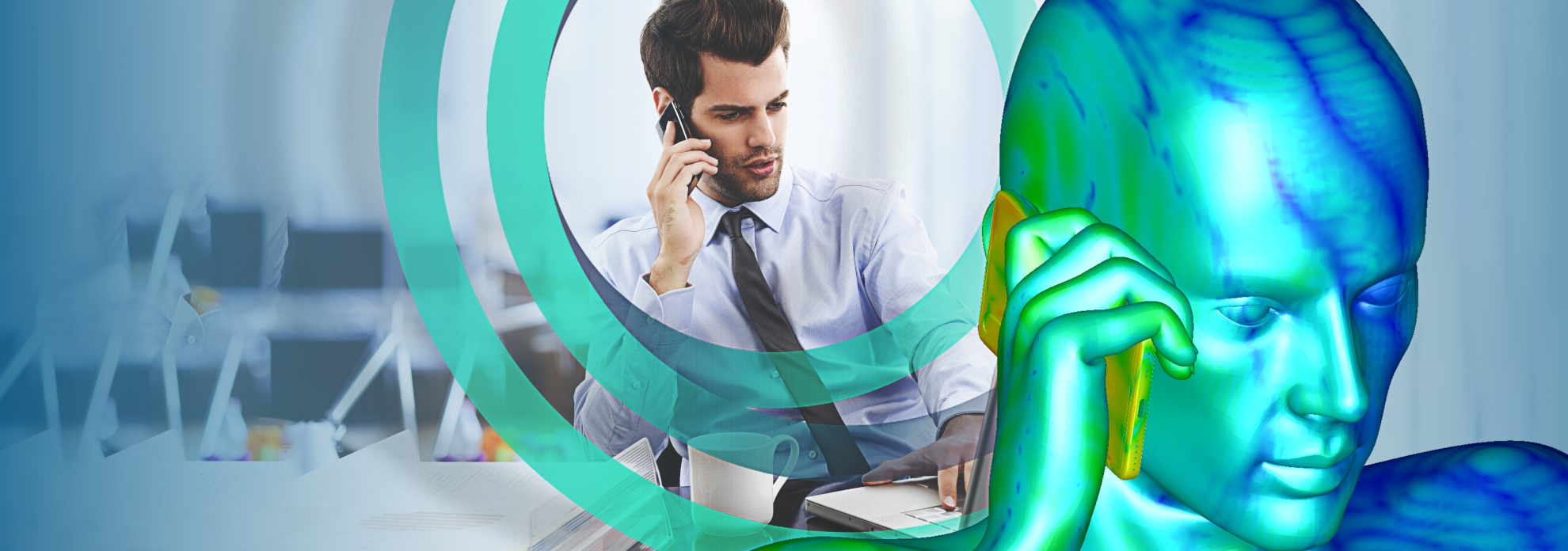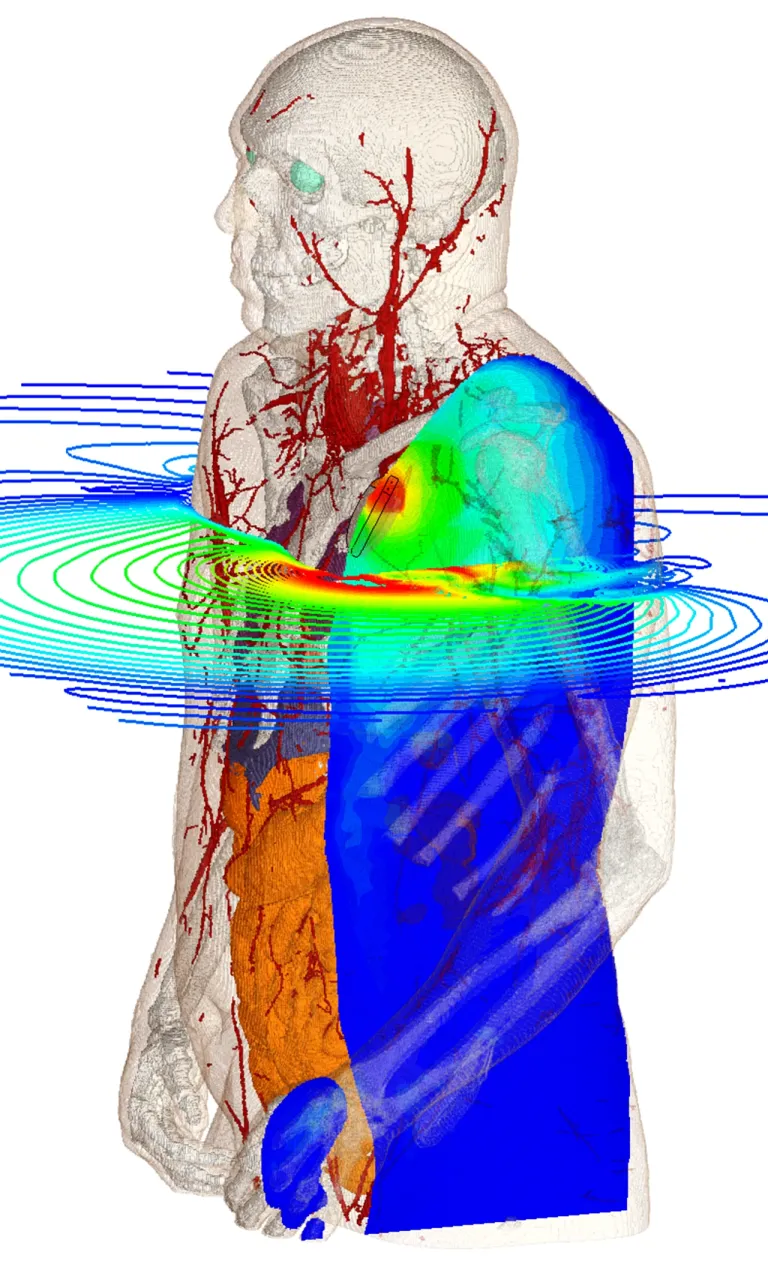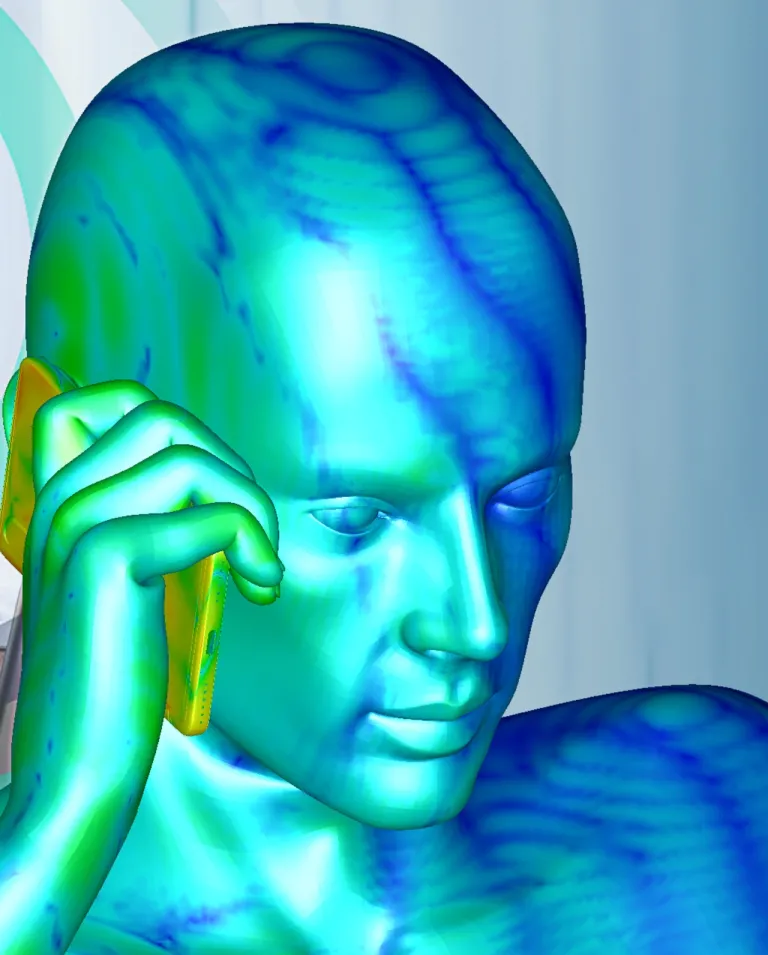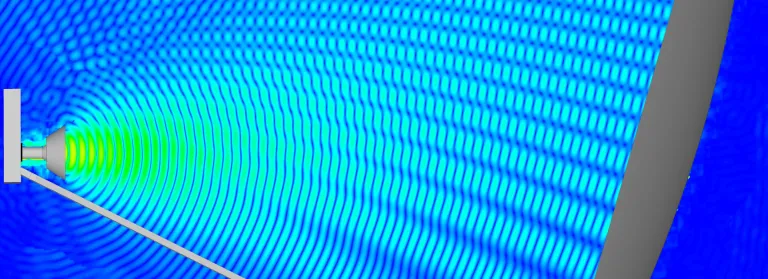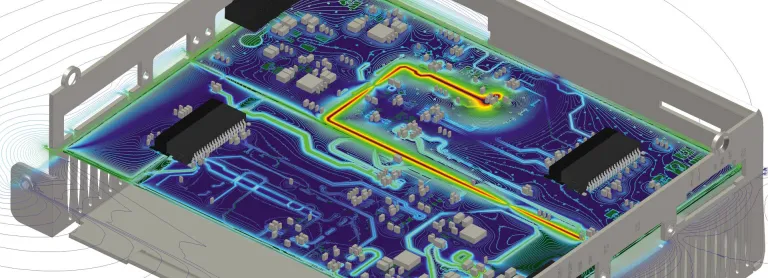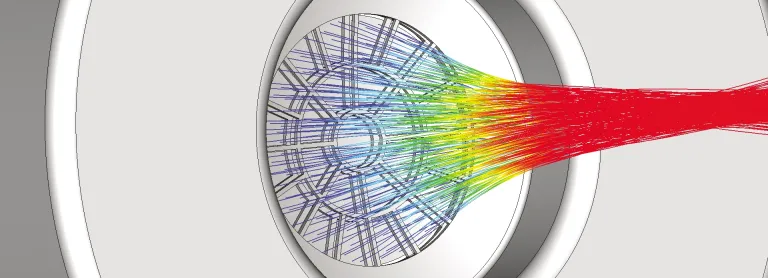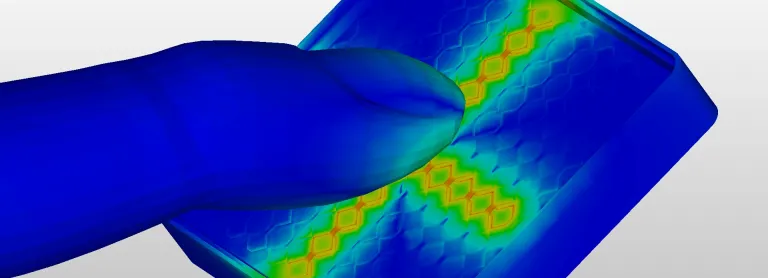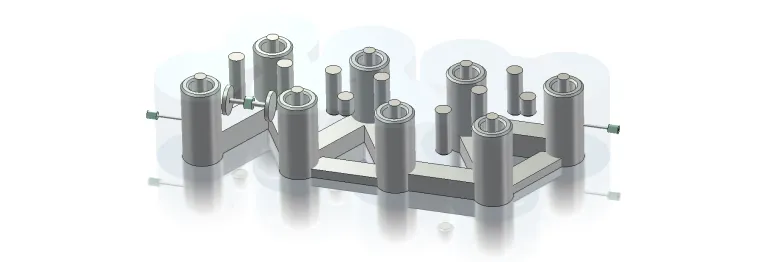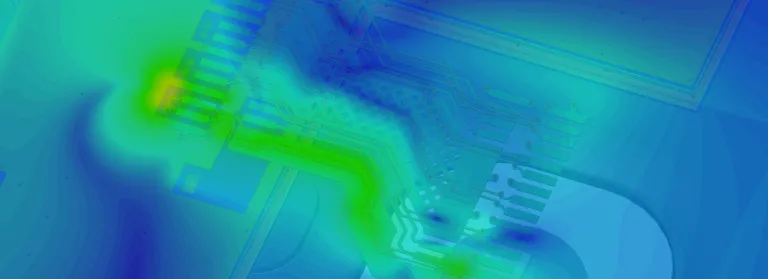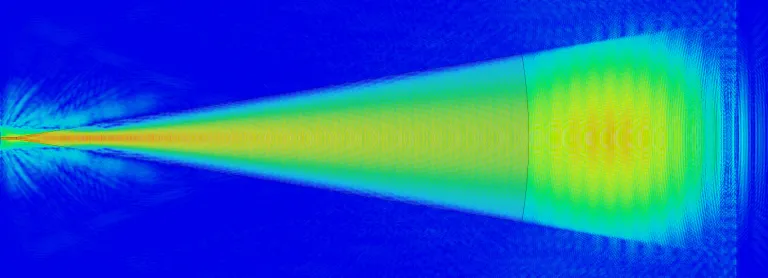Bioelectromagnetics Simulation
Analyze the Interaction of Electromagnetic Fields with the Human Body
What is Bioelectromagnetics?
Bioelectromagnetics (BioEM) covers the interaction of electromagnetic (EM) fields with the human body. It is a crucial topic in research for a wide range of medical devices for imaging and treatment. Safety regulations as provided by regulatory bodies such as the International Commission on Non-Ionizing Radiation Protection (ICNIRP) mean it is also a concern for a vast range of other products ranging from smartphones to electric cars. The human body is a complex structure made up materials with a wide range of frequency-dependent EM and thermal properties. To approach these complexities we need specialized modeling and simulation methods.
The CST Studio Suite electromagnetic and multiphysics simulation tools can help to tackle the challenges of electrical engineering near the human body. Powerful design tools and realistic material models can capture the rich details of both electronic devices and the human body. High-performance solver technology can simulate EM fields in the complex environment of the body rapidly and accurately.
Electromagnetic Fields in the Human Body
The complexity of the human body requires detailed simulation models. SIMULIA software supports both polygonal (CAD) body models and voxel body models, which it can pose within the tool to set up realistic test scenarios. A family of simulation-ready human body models representing different body types is available from SIMULIA.
CST Studio Suite simulation solutions also include accurate bio-heat models. Our approach is considering thermoregulation effects such as blood flow and metabolic heat, to realistically simulate how electromagnetic fields heat the body.
Examples for BioEM Simulation
- BioEM Simulation for Life Sciences
- BioEM Simulation for High-Tech and Industrial Equipment
Bioelectromagnetic Simulation for Life Sciences
Medical devices such as magnetic resonance imaging (MRI), microwave imaging, and diathermy all rely on EM fields to operate. Research and development of an efficient, high-resolution MRI scanner, for example, requires an understanding of the concept of multiple overlaying fields at a wide range of frequencies – from the static magnetic field to the radio frequency pulse – and their complex interaction with the molecules of the body.
Electromagnetic simulation models the propagation of waves through the body, and the interaction of waves with tissues – whether a required therapeutic effect or an unwanted side effect. Device engineers and physicians can use the simulation results to understand exactly how energy is absorbed by the body and validate designs and treatment protocols. We can use simulation, for example, as a method to verify the safety of implants and devices like pacemakers during a scan or to calculate the heating pattern and safe power levels for a course of radio frequency (RF) diathermy.
The MRI simulation approach from SIMULIA models all the different coils and their control circuits together with the patient for a full-system simulation of the scan procedure. Simulating the scan procedure helps MRI technicians to tune the coils for an optimal image considering the real structure of the body.
Applications include:
- MRI
- RF and microwave imaging
- Diathermy and hyperthermy
- Implant safety
- Wearable and implantable electronics
Bioelectromagnetic Simulation for High-Tech and Industrial Equipment
At radio and microwave frequencies, electromagnetic waves can be reflected, refracted or absorbed by the human body. This interaction is a major cause of performance problems for portable and wearable devices such as smartphones and smartwatches, where the exact position of the hand can impact antenna performance significantly.
Safety regulations limit the radio frequency radiation exposure from many consumer and industrial devices. For many consumer devices, this exposure is quantified by the Specific Absorption Rate (SAR) – a measure of how much power is absorbed by body tissues while in use. Other fields such as high-power transmitters and aerospace radar have similar radiation hazard (RADHAZ) KPIs and human exposure is also a concern for low-frequency fields around power lines and wireless charging points.
Bioelectromagnetic simulation helps to analyze the performance of a device near the body and to mitigate potential issues before committing to a physical prototype, reducing the risk of costly compliance failures later. KPIs such as SAR can be calculated automatically and any violations of specified limits are highlighted immediately.
Applications include:
- Smartphone and wireless devices
- Body area network (BAN)
- Hand and body signal blockage
- 5G coverage
- SAR
- Radar and communication RADHAZ
- Low frequency field exposure
- Occupational safety
FAQs on Bioelectromagnetics Simulation
Also Discover
Learn What SIMULIA Can Do for You
Speak with a SIMULIA expert to learn how our solutions enable seamless collaboration and sustainable innovation at organizations of every size.
Get Started
Courses and classes are available for students, academia, professionals and companies. Find the right SIMULIA training for you.
Get Help
Find information on software & hardware certification, software downloads, user documentation, support contact and services offering
